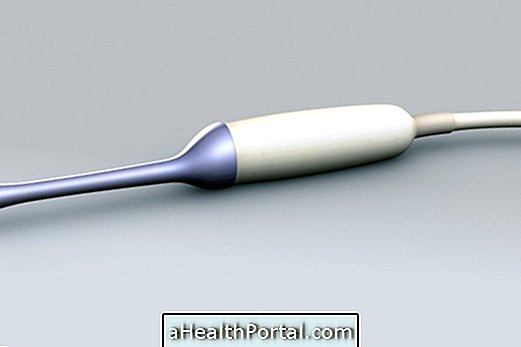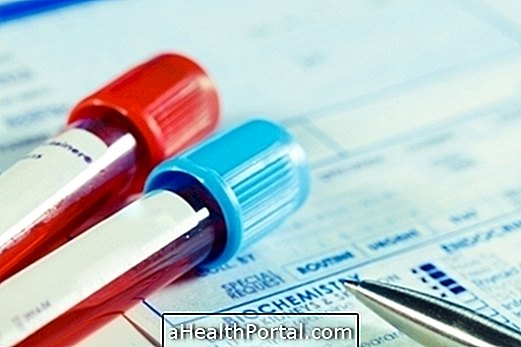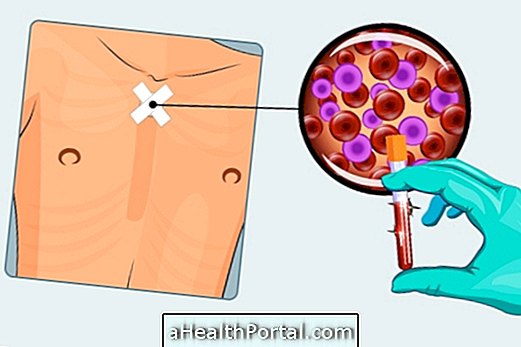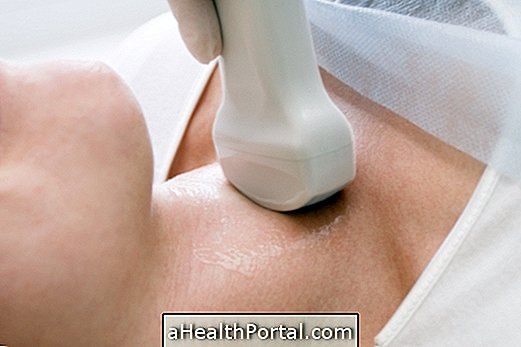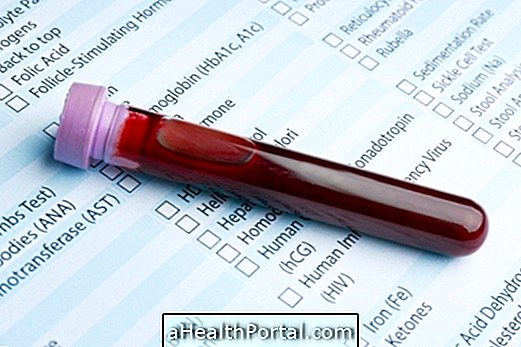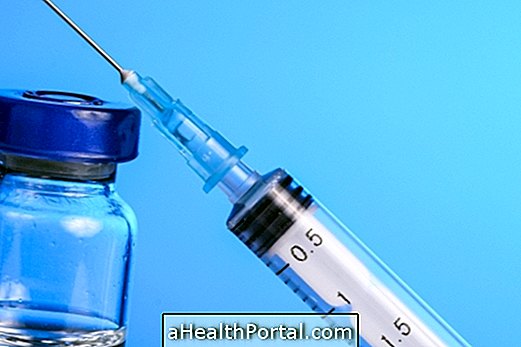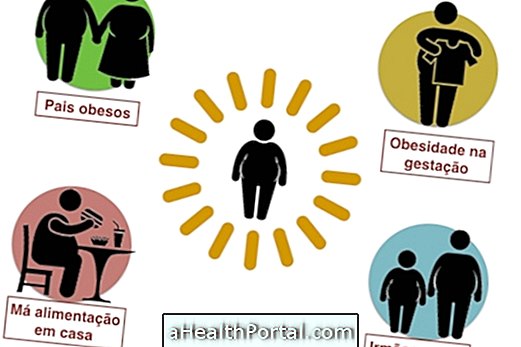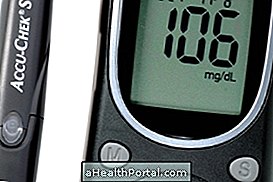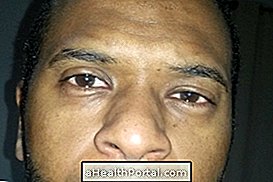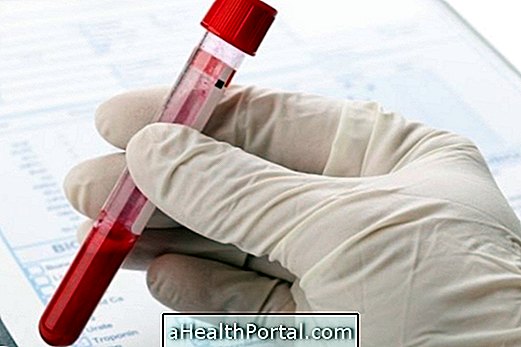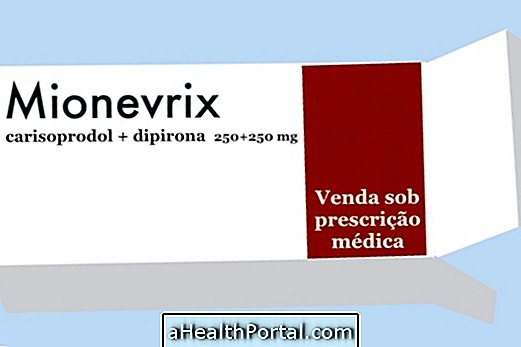Polysomnography is an examination used to analyze sleep quality and diagnose sleep-related illnesses, and may be indicated for people of any age. During the polysomnography the patient sleeps with electrodes fixed to the body that allow the simultaneous recording of several parameters such as brain activity, eye movement, muscle activities, breathing, among others.
The main indications of the examination include the investigation and evaluation of disorders such as:
- Obstructive sleep apnea. Learn more about what causes and how to identify this disease;
- Excessive snoring;
- Insomnia;
- Excessive sleepiness;
- Sleep-walking;
- Narcolepsy. Understand what narcolepsy is and how to treat it;
- Restless legs syndrome;
- Arrhythmias occurring during sleep;
- Night Terror;
- Bruxism, which is the habit of grinding teeth.
Polysomnography is usually performed at a hospital overnight, to allow its monitoring. In some cases, home polysomnography can be done with a portable device, which although not as complete as the one performed in the hospital, may be useful in cases indicated by the physician.
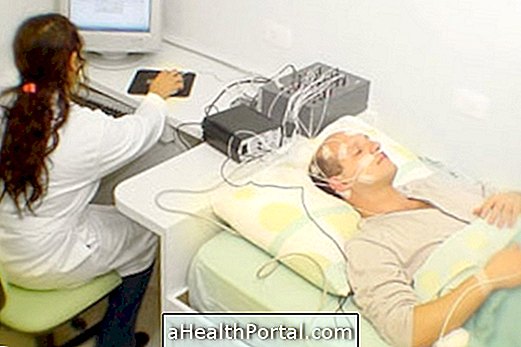
The polysomnography is done in clinics specialized in sleep or neurology, and can be made free of charge by the SUS, provided that it is duly indicated by the physician. It can also be covered by some health plans, or it can be done in a private way, and its price costs, on average, from 800 to 2000 reais, depending on where it is made and the parameters evaluated during the exam.
How is it done?
In order to perform the polysomnography, electrodes are fixed to the scalp and the patient's body, as well as a finger sensor, so that during sleep, the parameters that detect the alterations suspected by the physician can be analyzed.
Thus, during the polysomnography several evaluations are made that include:
- Electroencephalogram (EEG) : used to record brain activity during sleep;
- Electro-oculogram (EOG) : allows to identify which phases of sleep and when they begin;
- Electro-myogram : records movement of muscles at night;
- Aerial flow of the mouth and nose : analyzes the breath;
- Respiratory effort : of the thorax and abdomen;
- Electrocardiogram : checks the rhythm of heart functioning;
- Oximetry : analyzes the rate of oxygen in the blood;
- Snoring sensor : records the intensity of snoring.
- Motion sensor of the lower limbs, among others.
Polysomnography is a non-invasive and painless examination, so it does not usually cause side effects, and the most common is irritation of the skin caused by the glue used to attach the electrodes to the skin.
The test should not be done when the patient has flu, cough, cold, fever, or other problems that may interfere with sleep and the test result.
How is the preparation done?
To perform polysomnography, it is recommended to avoid drinking coffee, energy drinks or alcoholic drinks 24 hours before the exam, avoid using creams and gel that make it difficult to fix the electrodes and not paint the nails with dark colored enamel.
In addition, it is advised to maintain the use of usual remedies before and during the examination. One tip to facilitate sleep during the exam is to take pajamas and comfortable clothes, in addition to the own cushion or personal belongings.
